HVAC experts reveal the 7 things forcing your heating system to work harder – and how to fix them now
Tackling these will lower your utility bills and make your home's temperature more comfortable
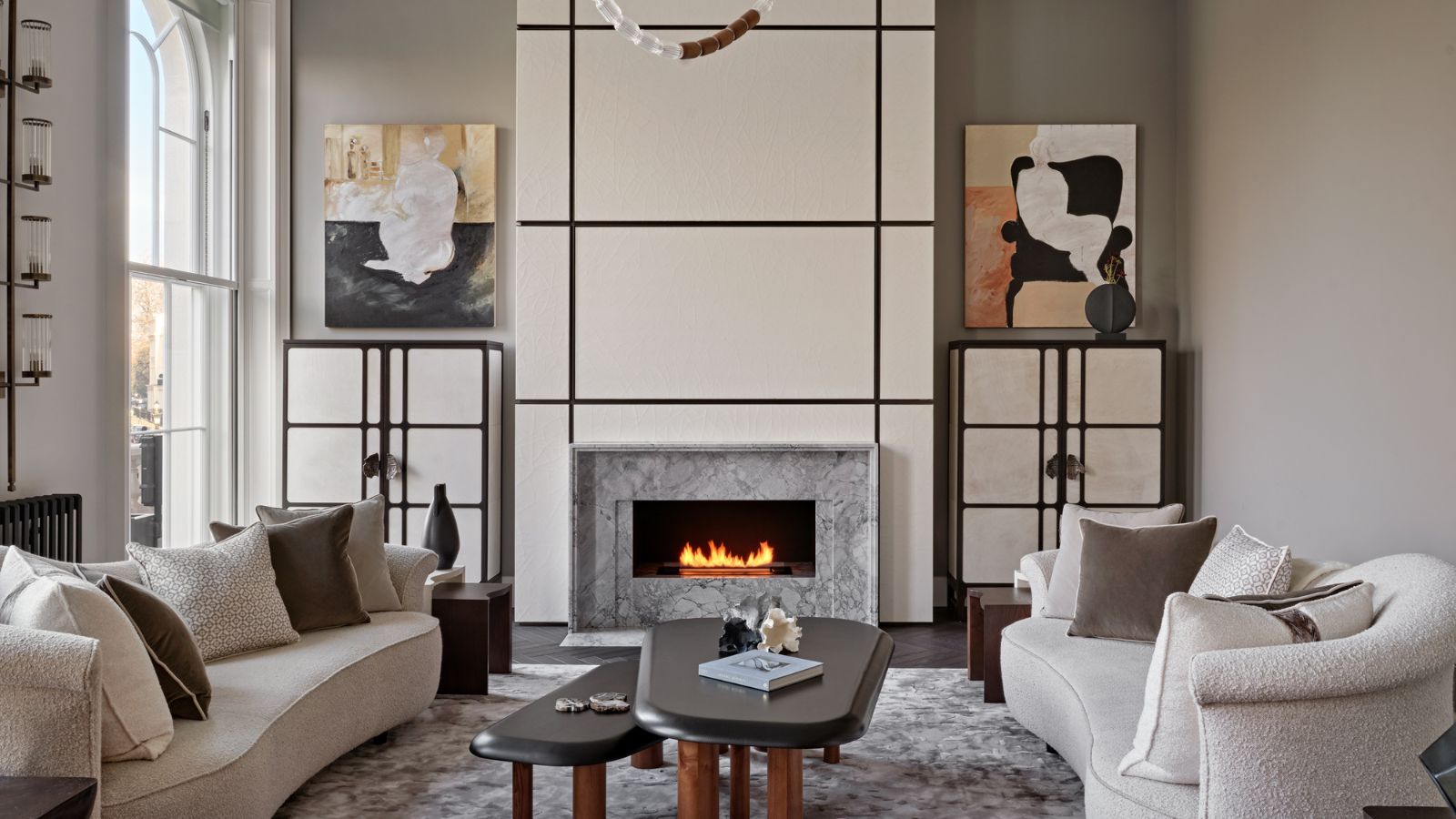

If you've noticed that your utility bills have skyrocketed, or it's taking much longer to heat your home than usual, your heating system may be working harder than it needs to.
From dirty filters to inadequate draft proofing, according to industry heating and ventilation professionals, these are just two of the most common oversights that could be forcing your system to work on overdrive.
So, to learn how to make your heating more efficient, we spoke to HVAC experts who shared the big (and little) factors that could be making your heating system work harder – and quick fixes on how to rectify the problem.
The most common things making your heating system work harder
1. Not having the right-sized unit

It’s no secret that the cost of heating a home has risen steeply in 2025. But if you’re wondering why your heating is so expensive, there could be another reason – like having a heating system that's the wrong size for your home.
If you've got a heating system that’s too large for your space, your furnace will heat up too quickly and make your rooms too hot, which will waste energy in the process. Meanwhile, a heating system that’s too small will work around the clock to heat the rooms in your home, resulting in higher energy bills and a reduced lifespan.
Of course, there are many different home heating types. The cost of replacing your HVAC will depend on the heating type you have removed, and which you have installed. But in general, experts say a new furnace could cost between $4,000 and $7,000.
While there's no getting around this cost, Simon Bernath, CEO and founder of FurnacePrices.ca says there is a more cost-effective solution. 'It's difficult to address an undersized unit without replacing it,' the expert notes. 'But you can also try to make your home better insulated which can help lessen that problem.'
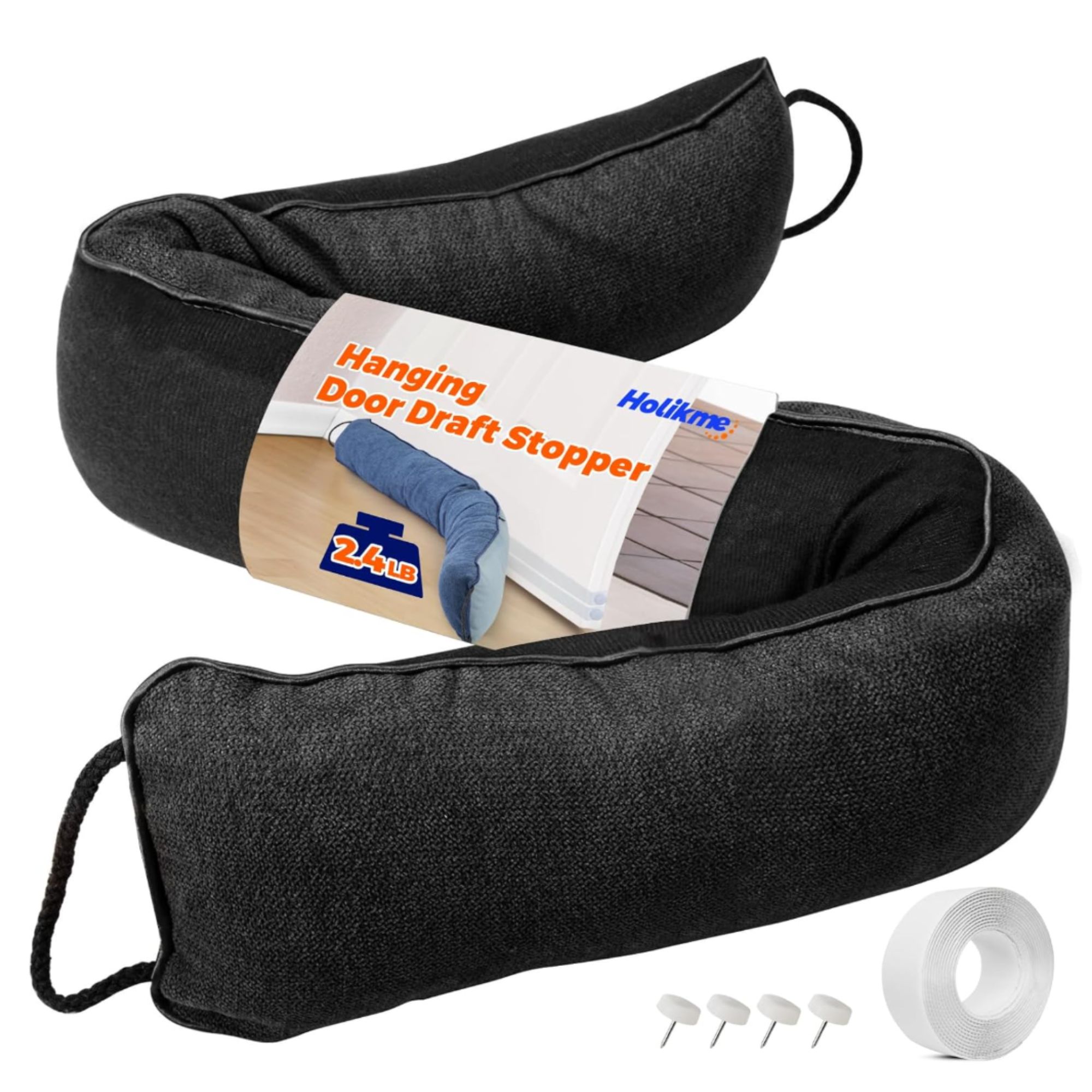
Stop any hot air from escaping and cold air from coming in with this weighted wedge draft stopper. It's perfect for stopping unwanted drafts beneath internal and external doors and for making your indoors more comfortable.
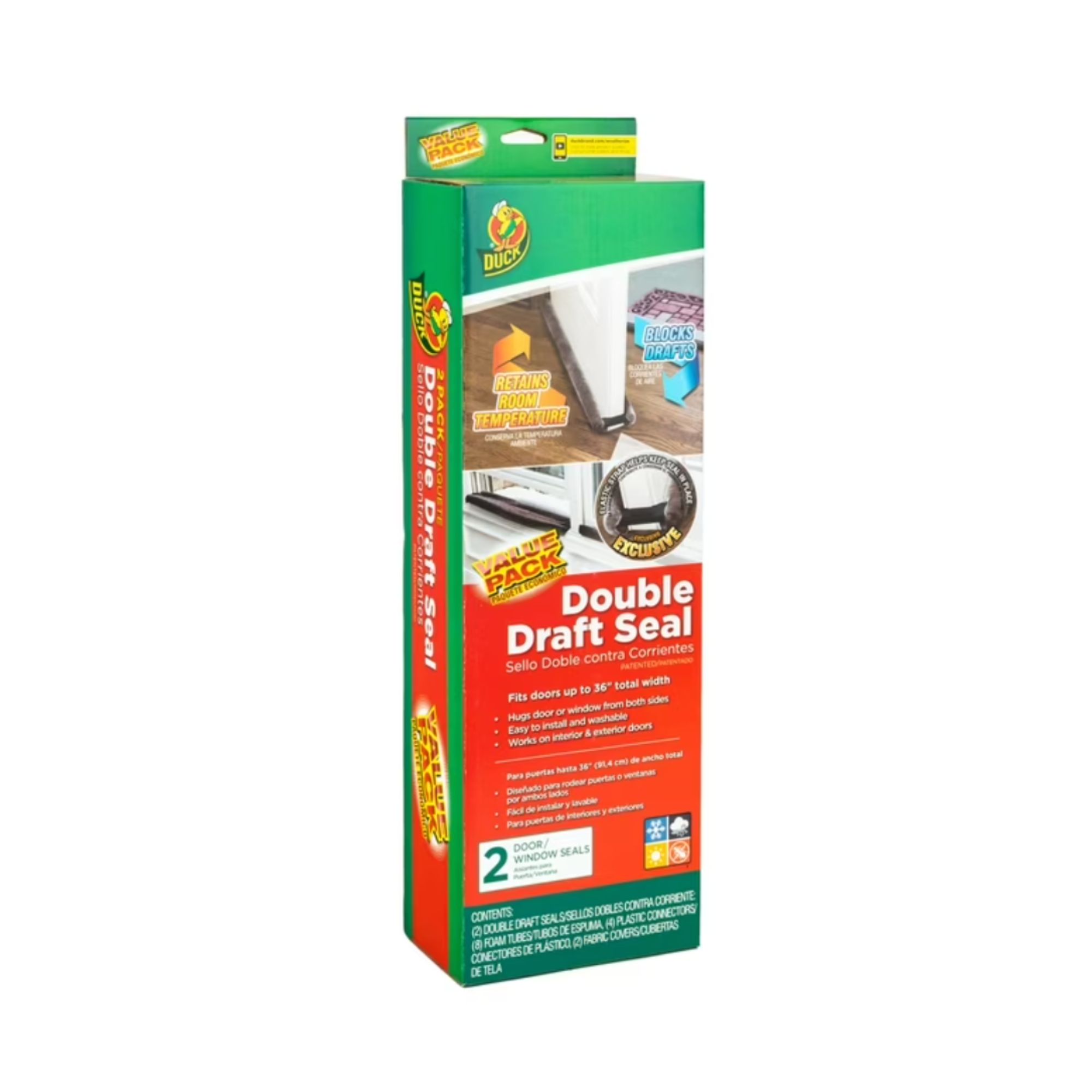
If you'd rather get a made-to-measure draft-proofing option, this easy-to-fit seal contains foam you can cut to size. Once you've done so, simply slide the double-sided seal on and let the product work its magic.
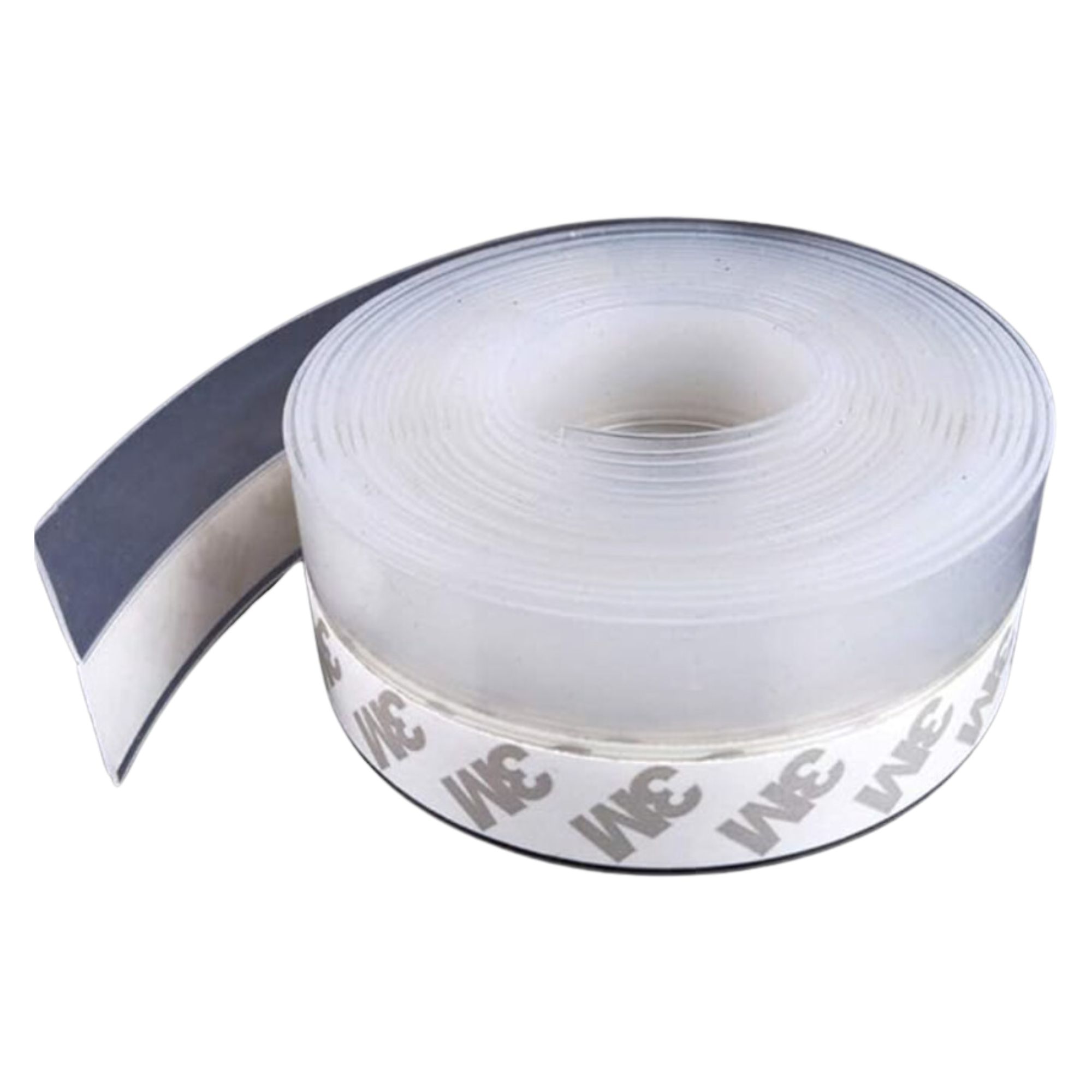
Made from high-quality silicone, this flexible, resilient and super-durable strip will make drafts a thing of the past. Plus, because it's transparent, you won't even notice that this weather stripping has been stuck to the bottom of sliding windows or doors.
2. Having inadequate insulation
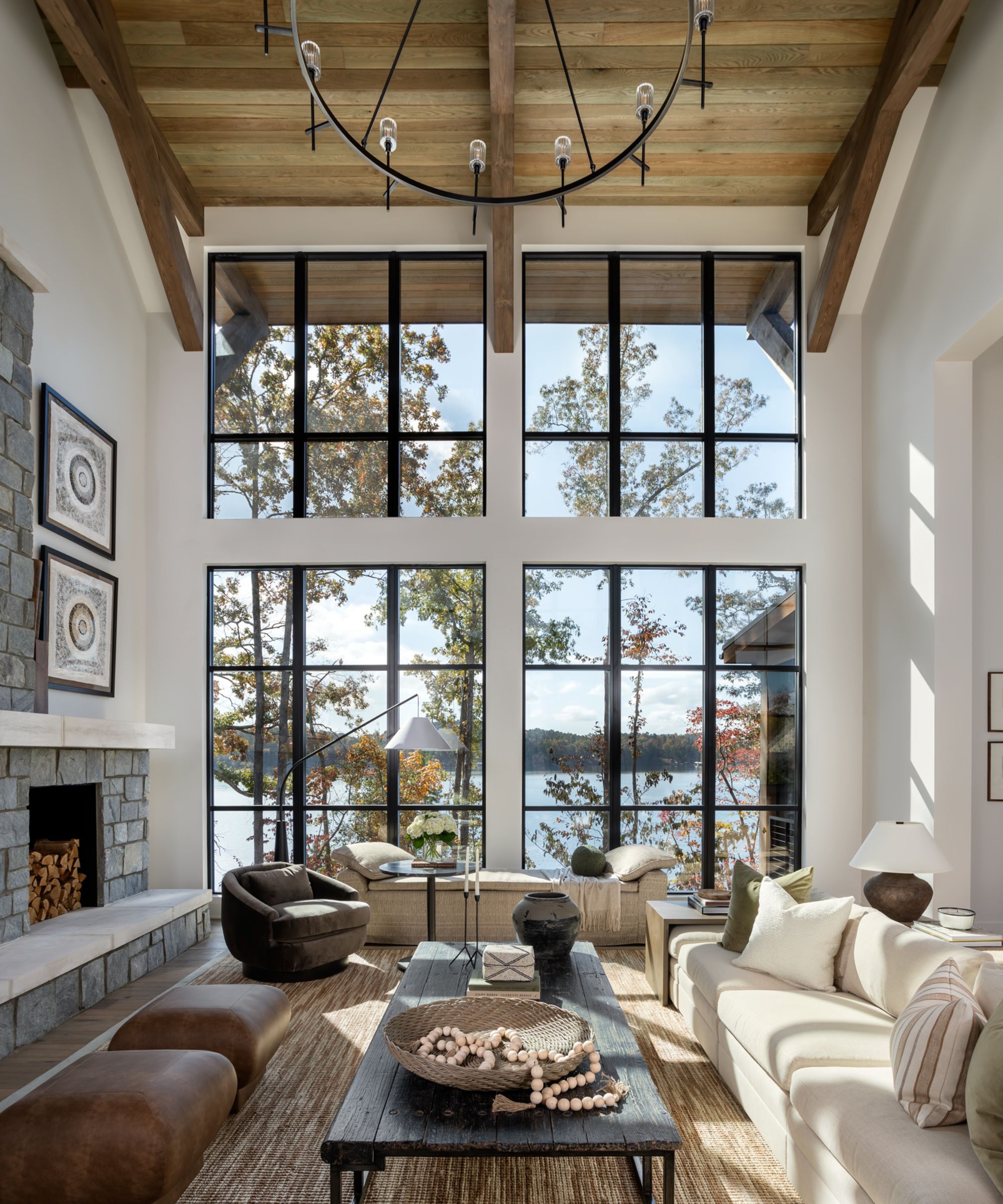
As we touched on, poor insulation – whether it's losing heat through your windows, doors, or roof – is another factor that could be causing your heating system to work harder than it should.
‘Having inadequate air sealing, insulation and windows can make the undersized unit issue worse,' Simon explains, which is why triple pane windows are worth the investment.
So much so, according to a research study by the US Department of Energy 'heat gain and heat loss through windows are responsible for 25%–30% of residential heating and cooling energy use.
Therefore, investing in some energy-efficient windows could be a smart home improvement for winter. The same goes for investing in energy-efficient doors that keep the cold out and the heat in.
Of course, these swaps come at a price and doing so could set you back anywhere from $300 upwards per window. 'But some DIY kits can help improve air sealing, and plastic window kits, for instance, can help with really old windows in the winter,' Simon notes.
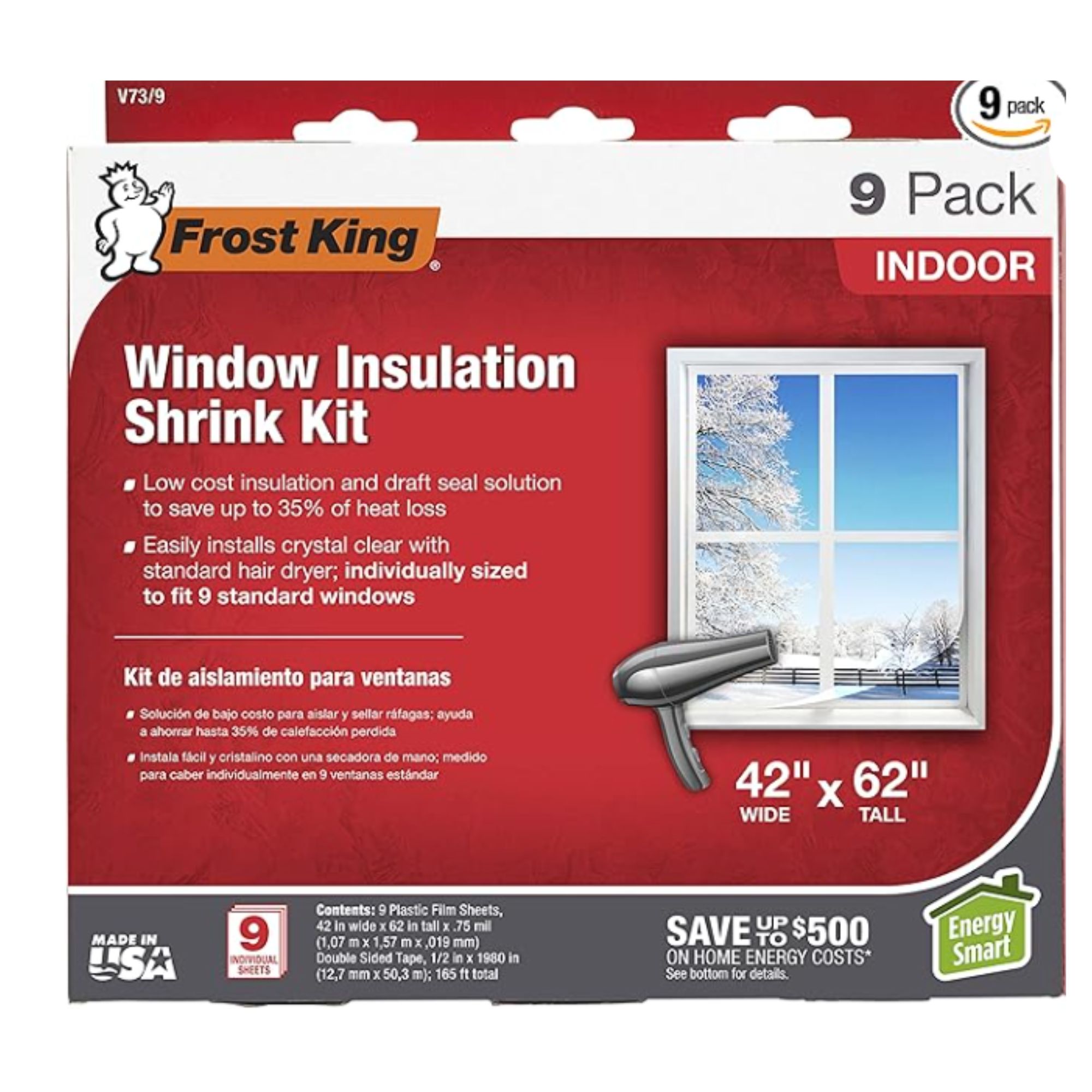
If you're wondering do window insulation kits work, you're in luck. Most HVAC pros agree that, if fitted properly, window insulation kits, like this Frost King Shrink Window Kits from Amazon, work hard to weatherproof your windows. The idea is that by adding another layer of insulation to your windows, they should lower drafts and increase your home's energy efficiency.
3. Poor placement of a thermostat
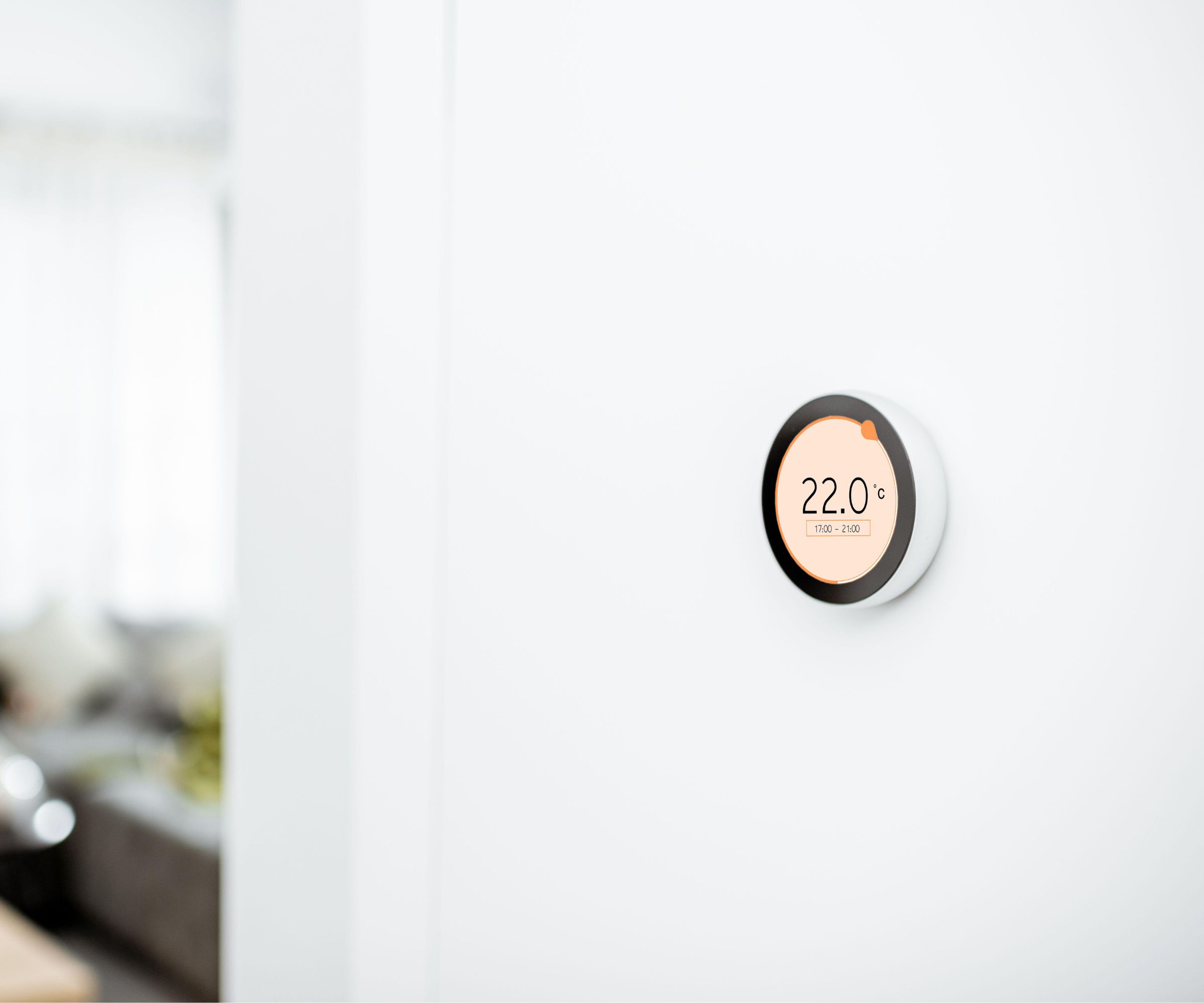
One of the most common thermostat mistakes you can make installing your thermostat installed in a bad location, such as near drafty windows or garages, on external walls, right under heating vents or in direct sunlight.
Doing so will impact how efficiently your heating system operates. That's because if a thermostat is fitted in the wrong place, it can misread your home's overall temperature. If positioned near a draft, along with resulting in an uncomfortably hot home, it could lead to higher energy bills because your heating is on when it doesn't need to be. And, if it's placed in direct sunlight, your home could be cooler than you'd like.
Therefore, experts suggest that thermostats should be placed on an interior wall and away from any heat sources or drafts.
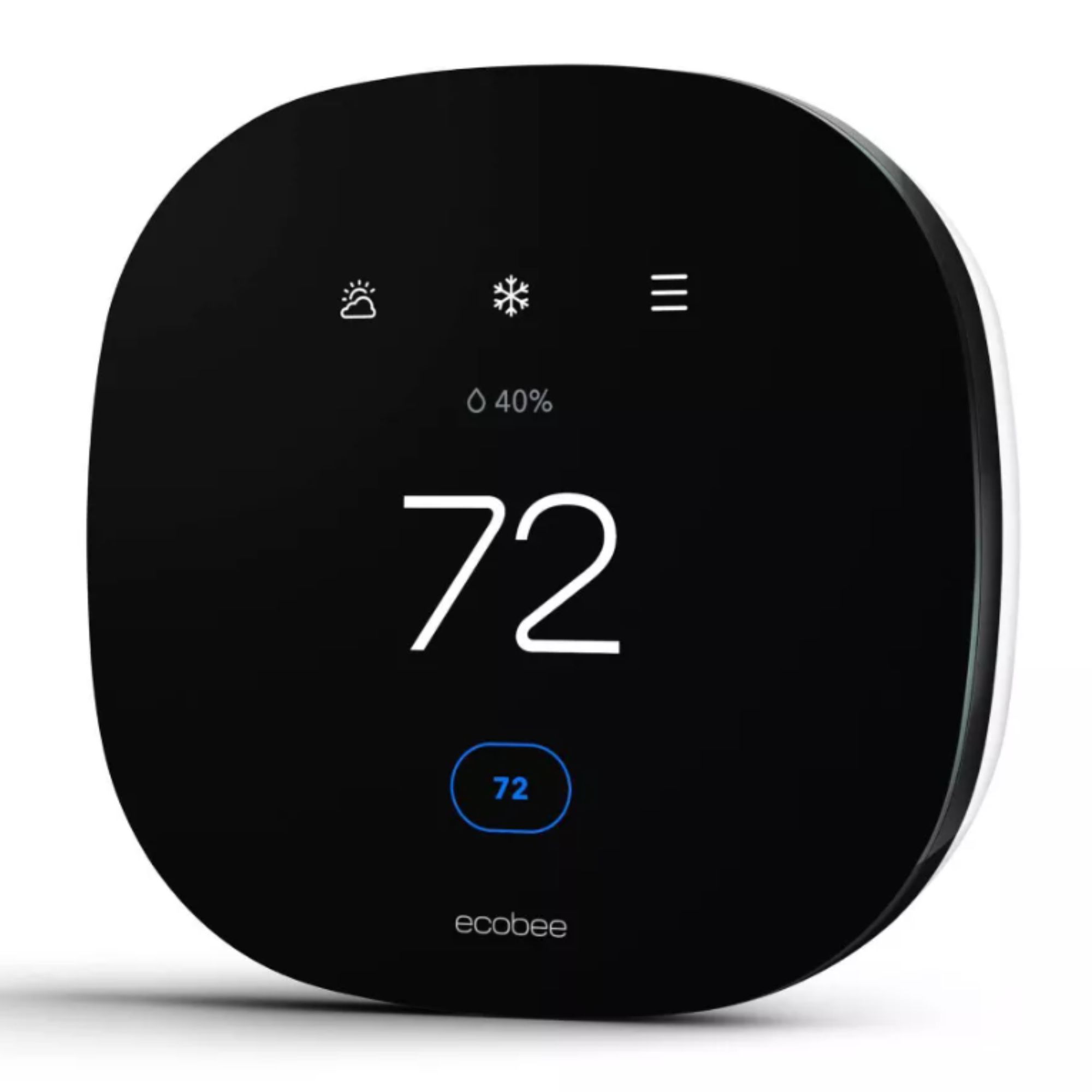
Smart-looking, sleek and able to send you an alert if there is a sudden change, like a temperature drop that could lead to frozen pipes, this five-star rated touchscreen thermostat is a must-have for tech-loving homes.
4. Not changing your filter
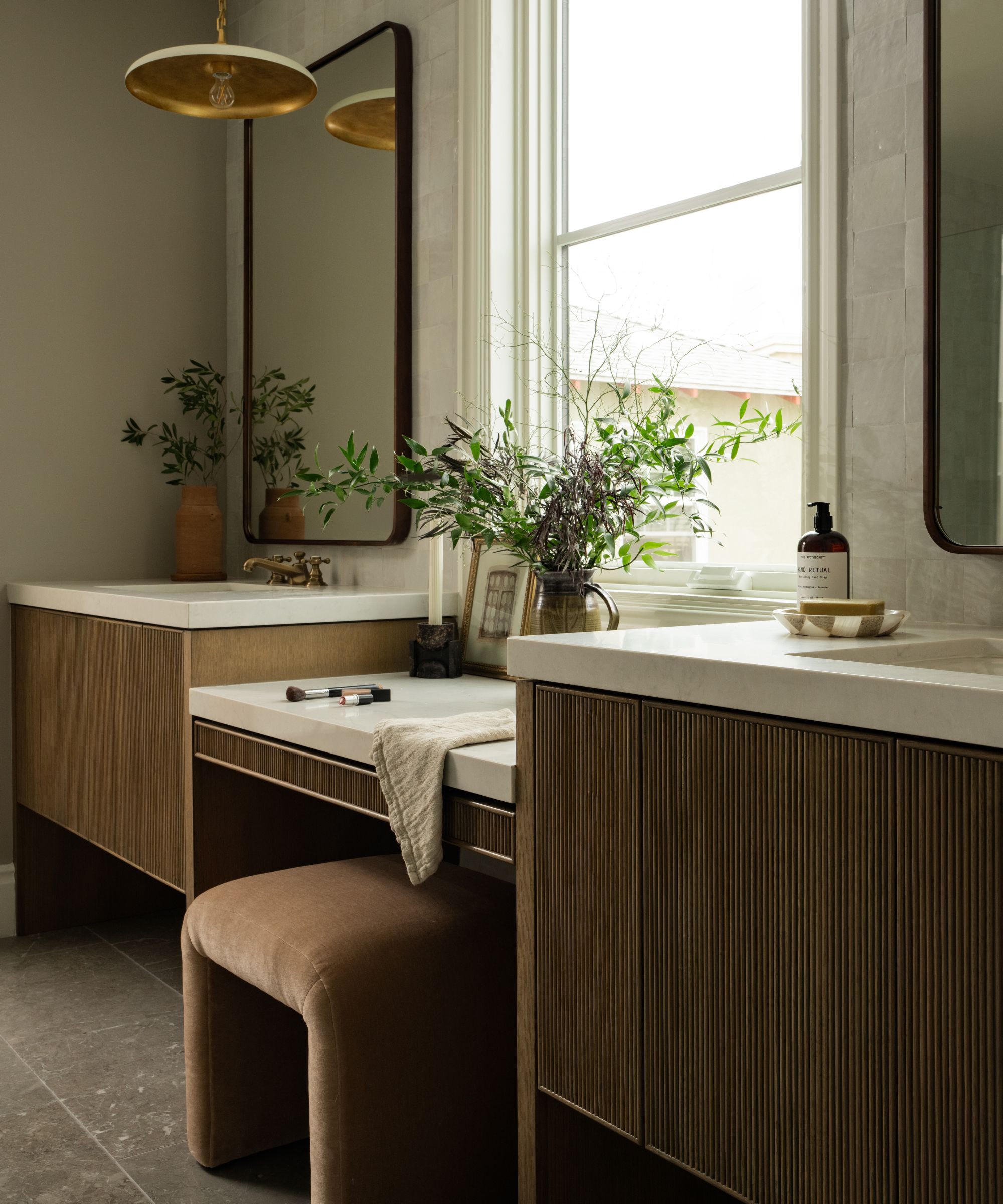
When was the last time you checked your air filter? The good news is that air filter maintenance is simple to do, takes just minutes and is one of the top ways to ensure your heating system runs smoothly. The bad news is that if you fail to do it, this can not only increase your energy consumption but also lead to unnecessary wear and tear on your heating system.
‘Not changing your filter often enough forces your system to work harder to circulate air,' Simon says. So how often should you check filters? According to Simon, the answer to this will differ for each household, their heating and cooling usage and the manufacturer’s recommendations. But the expert recommends checking filters every three months and replacing if needed. ‘This could potentially be more often, especially if you have a dusty home or pets,’ Simon adds.
Learn why your home gets dusty so quickly and what you can do it to reduce it.
While Marco Radocaj, owner of Balance HVAC, recommends checking every time you pay your electric bill. ‘If the filter looks more brown or black than white, it’s time for a replacement,' Marco adds.
5. Failing to stick to a maintenance plan

Whether it's kitchen appliances, your outdoor space or plumbing, there are aspects of all homes that need maintenance – and HVAC systems are no different. Unfortunately, a heating system that's not maintained over time can cause the unit to operate less efficiently and will lead to the HVAC system needing replacing sooner than necessary.
Generally speaking, a furnace should last anywhere between 10-20 years. While the typical lifespan of a boiler is around 10-15 years. But instead of forking out between $4,000 to $7,000 for a new furnace sooner than you need to, it's well worth paying for a professional to give your heating system the once-over each year (or twice a year if possible), which can help you lower heating costs over time.
‘Having a professional perform annual maintenance can be a good idea, even on newer furnaces, as the extended warranty may require you to do so to maintain full coverage,’ Simon says.
6. Blocking the supply registers

If you've gone to the effort of investing in one of the best home heating types, the easiest thing you can do to maximize its lifespan is to keep vents and supply registers unobstructed.
Marco says, 'In most heating-dominant climate zones, floor registers are used to deliver warm air into a space. These registers are typically placed on the interior walls of a room to encourage proper air mixing, as warm air naturally moves toward cooler areas.'
However the expert notes that it’s common for furniture like sofas, chairs, or tables to be placed near or even directly over these registers. This would be a heating mistake best avoided.
'This blocks airflow, leaving the furniture warm but the rest of the room uncomfortably cold,' Marco says.
7. Blocking the sun
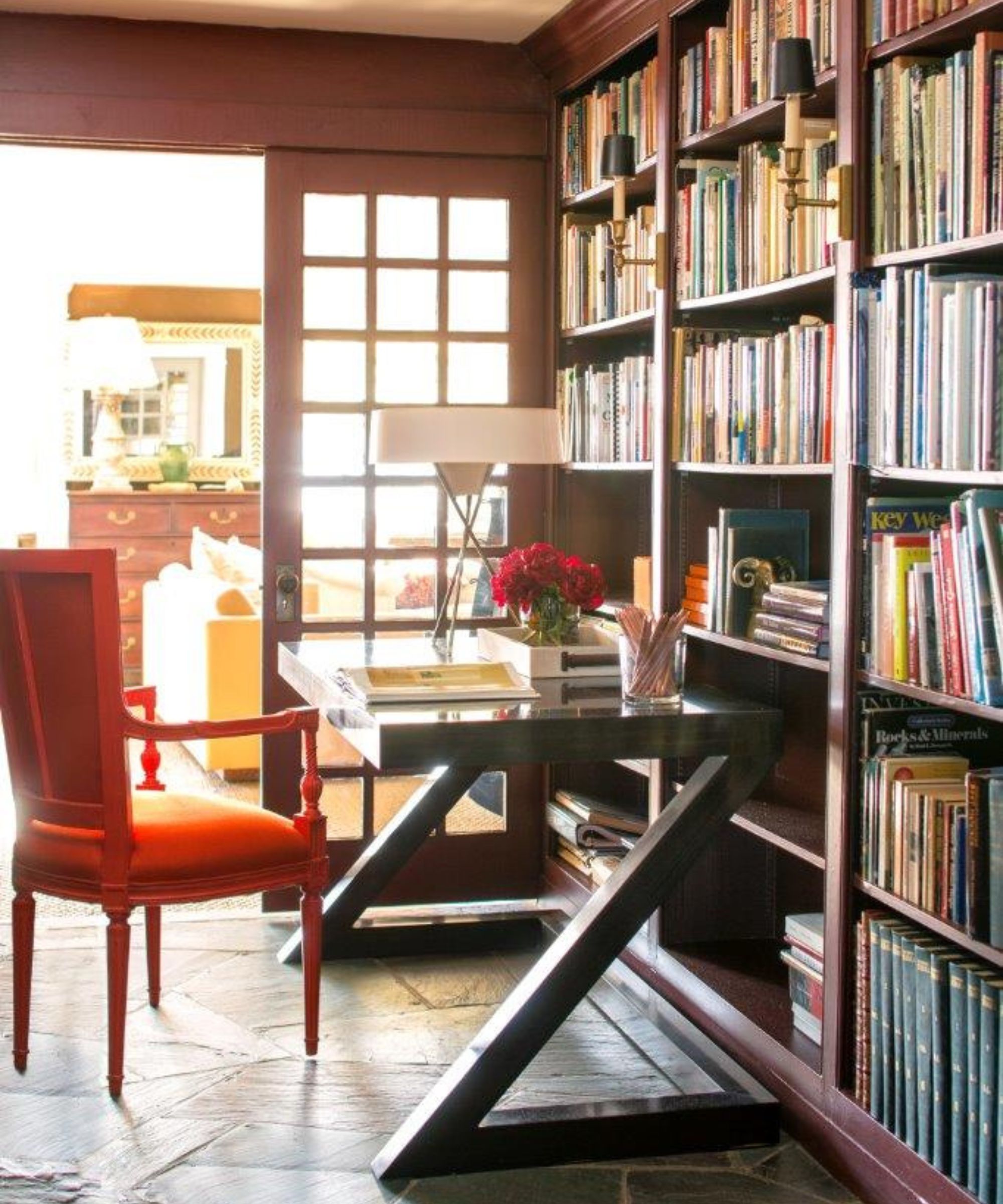
If you live in an area with cold winters and warm summers, you might be overlooking a major source of heat – the sun.
'In the warmer months, it’s common to close curtains or blinds to block the sun’s glare and heat, especially from west-facing windows,' Marco notes. 'However, during the colder months, these same windows can become a valuable source of free heat.'
Therefore a quick tip to stop your heating from working so hard is to open your window treatments during the day and allow sunlight to flood into your space. 'This will add a significant amount of warmth to your home naturally,' Marco notes. Which in turn will prevent your heating system from picking up all the slack.
FAQs
Is it best to keep bedroom doors open or closed during winter?
When it comes to learning how to keep your house warm during the winter, the question of whether to keep your interior doors open or shut has long been debated. But according to experts, if you're trying to allow for balanced air flow and heat distribution throughout your home, leaving them open is key.
'Air mixing is essential for maintaining comfort,' says HVAC pro Marco. 'Keeping doors open allows heated air to circulate more freely throughout your home, reducing temperature and pressure imbalances. Open doors also help your HVAC system's return air process by making it easier for air to flow back into the system without obstructions, ensuring efficient operation and consistent comfort.'
That said, if you're using a space heater, like this tower space heater from Walmart, which comes with an easy-to-adjust thermostat and widespread oscillation, then keeping the door to that room closed while using it might be a good idea to help retain heat.
Meet our experts

Simon Bernath has been working in and covering the HVAC industry for more than 10 years. After working for a local heating and air conditioning contractor in Ontario, Canada, Simon is now the founder and CEO of FurnacePrices.ca – which is a website dedicated to creating information to help homeowners better understand their heating and air conditioning needs.

Marco Radocaj is an HVAC expert with qualifications in Manual J, Manual S, and Manual D– which is the recognized standard for producing HVAC design and installation, as well as the Environmental Protection Agency's mandatory Refrigeration Certification. Before founding Balance HVAC, Marco served as the vice president of building performance at a high-end estate management, renovation and construction company.
Now you’ve learned about all of the things making your heating work harder, learn how to prepare your house for cold weather and how many hours a day your heating should be on for maximum efficiency.
Sign up to the Homes & Gardens newsletter
Design expertise in your inbox – from inspiring decorating ideas and beautiful celebrity homes to practical gardening advice and shopping round-ups.

Rebecca was a senior digital writer at Hearst Magazines before leaving her role to go freelance in 2019. Since then, she has written extensive homes and lifestyle content for leading brands including Homes & Gardens, Livingetc, Real Homes, Good Housekeeping, Kitchens, Bedrooms & Bathrooms and House Beautiful. When she's not writing, Becks is trying out the latest viral cleaning and organizing hacks to see if they actually work, decluttering her home (because less is more this spring), or color-coding her bookshelf.
You must confirm your public display name before commenting
Please logout and then login again, you will then be prompted to enter your display name.
-
 April is the ideal time to prune beautyberry shrubs – for a stunning display of vibrant berries this fall
April is the ideal time to prune beautyberry shrubs – for a stunning display of vibrant berries this fallWhether you choose to trim gently or hard prune, cutting back in spring promotes healthy and productive growth
By Drew Swainston
-
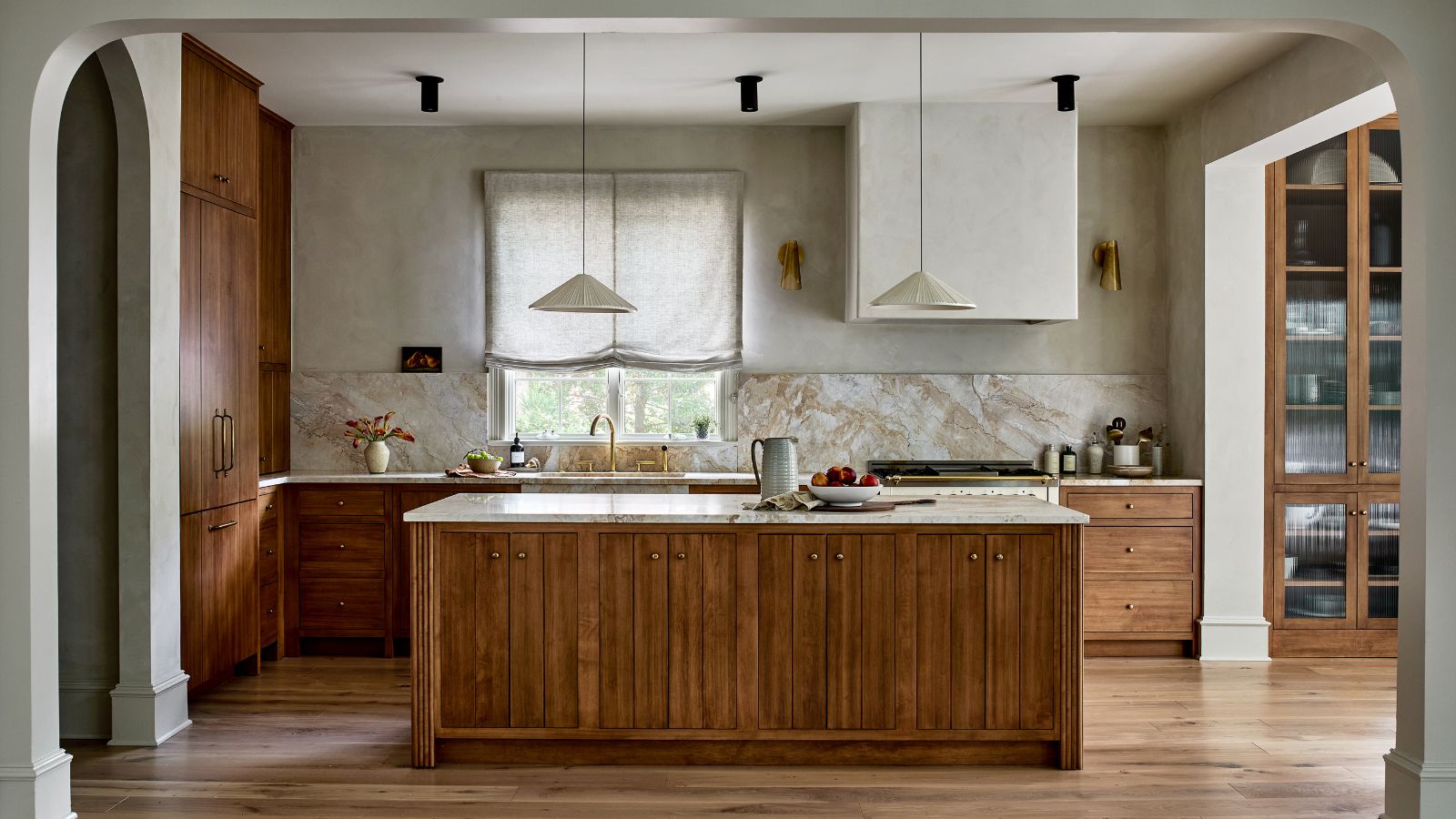 This kitchen has been transformed from cramped and outdated to warm and welcoming – and it's all thanks to a few thoughtful Japandi-style features
This kitchen has been transformed from cramped and outdated to warm and welcoming – and it's all thanks to a few thoughtful Japandi-style featuresWarm wood tones, textural designs, and considered contrast are key to this beautiful transformation
By Molly Malsom
-
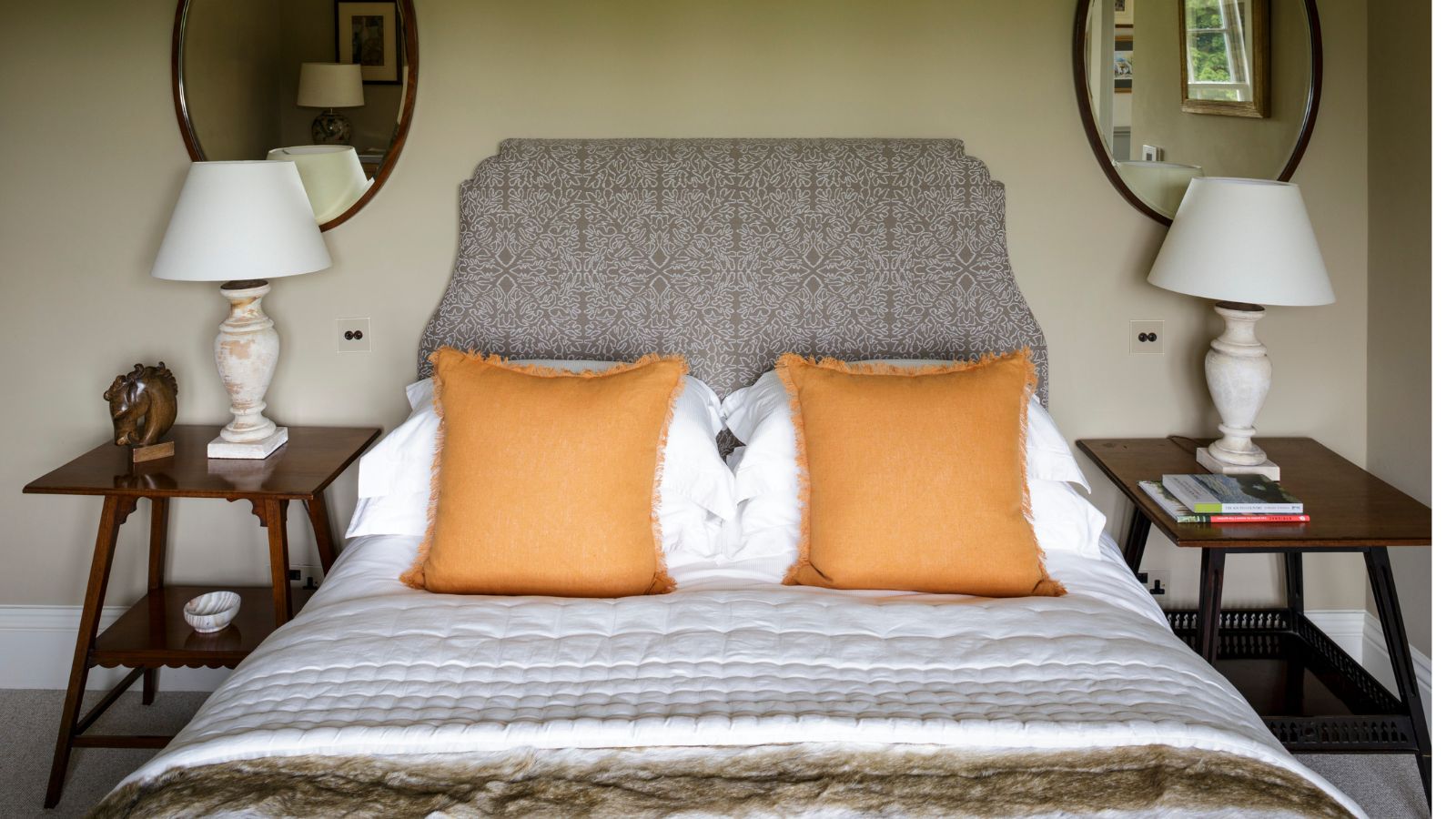 5 surprisingly practical ways to re-purpose old bed sheets for cleaning, decluttering and storage at home
5 surprisingly practical ways to re-purpose old bed sheets for cleaning, decluttering and storage at homeDon't ditch worn-out bedding – there's life in them yet
By Natasha Brinsmead
-
 Do you need to turn the lights off when you leave a room? Experts have ended this time-honored debate once and for all
Do you need to turn the lights off when you leave a room? Experts have ended this time-honored debate once and for allOn or off? We delve into the details of this age-old dispute
By Chiana Dickson
-
 I tried the baking soda trick to quickly and naturally clean my outdoor rug – it’s now set for Easter outdoor hosting
I tried the baking soda trick to quickly and naturally clean my outdoor rug – it’s now set for Easter outdoor hostingBaking soda is perfect for lifting dirt and debris
By Eve Smallman
-
 The 5 worst things you can do to your fridge – these will drive up energy costs and result in pricey and regrettable repairs
The 5 worst things you can do to your fridge – these will drive up energy costs and result in pricey and regrettable repairsIt's crucial to swerve these blunders, appliance experts warn
By Ottilie Blackhall
-
 Extend the lifespan of your appliance with 5 simple but crucial washing machine maintenance tips
Extend the lifespan of your appliance with 5 simple but crucial washing machine maintenance tipsFrom cleaning the filters to keeping the door open, experts reveal the washer tips they swear by
By Andy van Terheyden
-
 5 vital ways a home battery backup can help with your most urgent needs in a power outage – from heating to flood prevention and calls
5 vital ways a home battery backup can help with your most urgent needs in a power outage – from heating to flood prevention and callsExperts say they're a worthy investment
By Clement Feng
-
 I’m an HVAC technician, and this is when I turn on my AC each year – plus 5 checks I always do beforehand
I’m an HVAC technician, and this is when I turn on my AC each year – plus 5 checks I always do beforehandSave yourself an AC hassle by running my checks and turning it on before big heat hits
By Josh Mitchell
-
 6 things you should never throw in the trash – and what to do for safe disposal instead
6 things you should never throw in the trash – and what to do for safe disposal insteadFrom batteries to space heaters, experts reveal what not to throw
By Andy van Terheyden